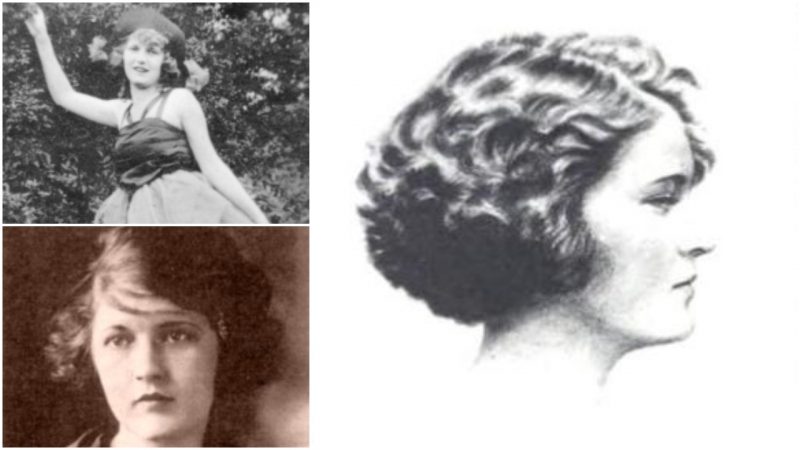Zelda Fitzgerald: the iridescent, eccentric character of the roaring 1920’s. Fitzgeralds: the emblems of the Jazz Age. Zelda: the muse, the artist, the social entertainer. It is difficult to reduce her to words as her name itself became the synonym of an inexplicable mixture of charisma, beauty, eccentricity, talent, and irresistibility. F. Scott Fitzerald wrote great stories that we still praise today, but his part is the writing of a story. Zelda might be credited for their virtuosity.
Born in 1900, in Montgomery, Alabama, Zelda Sayre was a wild, beautiful, and adventurous child who loved to dance ballet and to spent her time outdoors. In her teenage years, she was the epicenter of the social life in her school. It had been noted that she didn’t care much for anything except for swimming and boys. Zelda was a wild child who sneaked out of her parents’ house to spend time with boys.
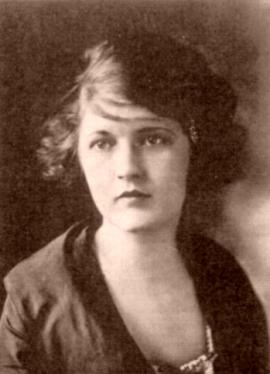
She was 18 when she first met the young F. Scott Fitzgerald who volunteered for the army and in 1918 was stationed at Camp Sheridan, outside Montgomery. He was one of the many enchanted by Zelda’s beauty and character and started calling her daily and spending his free days in Montgomery to be near her. He was writing This Side of Paradise at the time and was so taken by Zelda that he redrafted the character of Rosalind Connage to resemble her. At the time Scott only imagined becoming famous.
Scott was later summoned north to Camp Mills, Long Island for a month, but returned to the base near Montgomery as soon as he could. By December that same year, Scott and Zelda were inseparable. Later, he would later refer to this period as “sexual recklessness.” In February 1919, Scott was discharged from the military and went to New York City to establish his writing career. They wrote to each other for a year, and in March 1920, Zelda received Scott’s mother’s ring in the mail, and the two were engaged.
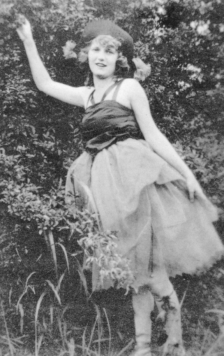
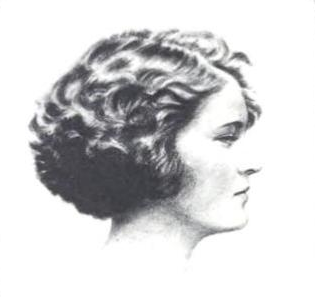
Zelda agreed to marry Scott only when the book was published and indeed, four days after This Side of Paradise reached the bookstores she arrived in New York City and the two were married. The Fitzgeralds’ tempestuous marriage was a synonym for love, inspiration, and tumultuary.
Scott and Zelda were also both sharing a mutual addiction – alcohol. Alcohol was their morning coffee, and drunkness was their state at all parties in New York City and Paris. They both contributed to the growth of bitterness between them with their addiction, mutual infidelity, and jealousy.
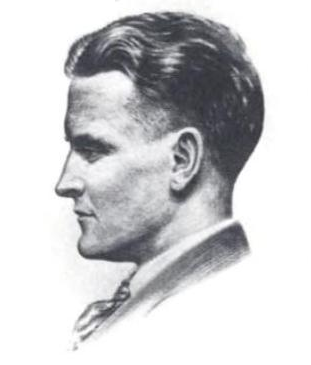
Zelda couldn’t leave Scott but was addicted to drama, and as she was a compulsive attention seeker, the thing she needed most was Scott’s attention. When he was dedicated to his work, Zelda was bored.
When he socialized with other people at parties, she was jealous. When he published The Beautiful and the Damned, she was offended because Scott had borrowed characters from her diary. In her review, Zelda wrote: “In fact, Mr. Fitzgerald—I believe that is how he spells his name—seems to believe that plagiarism begins at home.”
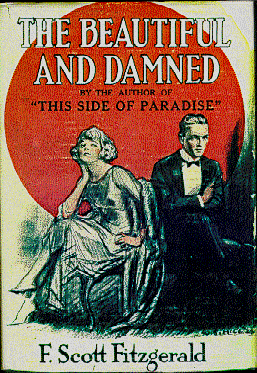
And Scott couldn’t abandon her because he was as much addicted to her drama as he despised it. She was too much of a muse for him. They had a daughter in 1921, Frances Scott “Scottie” Fitzgerald, but parenthood is not a value for which either of them is remembered.
While in Paris, the Fitzgeralds met Hemingway, but while Scott began started a great friendship with the new author, Hemingway and Zelda disliked each other. She was convinced that Scott and Hemingway had a sexual relationship, and Hemingway told Scott that Zelda was crazy.
Indeed, due to their heavy drinking both Zelda and Scott were ill, but Zelda also suffered from manic depression. She suffered mental breakdowns and was hospitalized a few times in France and the US.
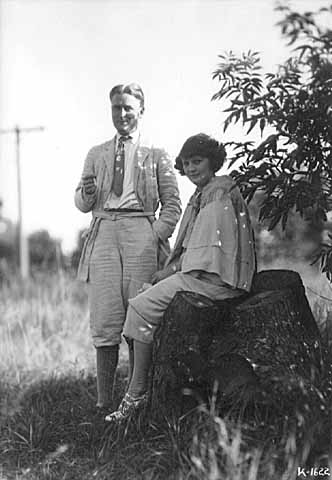
At the age of 27, she became obsessed with her childhood passion, ballet, and began having intensive lessons. During this time her marriage became miserable. Their bids to attract each other’s attention were always played on a stage and followed by a public audience. In 1932, Zelda was hospitalized at the Phipps Clinic at Johns Hopkins Hospital in Baltimore. At this time, their marriage was already strained, but Zelda had a burst of creativity. It was during this period that she wrote Save Me The Waltz.
As she had accused Scott previously of plagiarism, Scott accused her of using autobiographical details of their lives in her book that he was intending to use for the novel Tender is The Night which he had been working on for some time.
It is true that the allusions to their marriage in the book are obvious, but Zelda showed a unique writing style, quite different from Scott’s. Ultimately, he borrowed her personality for many characters in his books, and also characters that she imagined and wrote down in her diary.
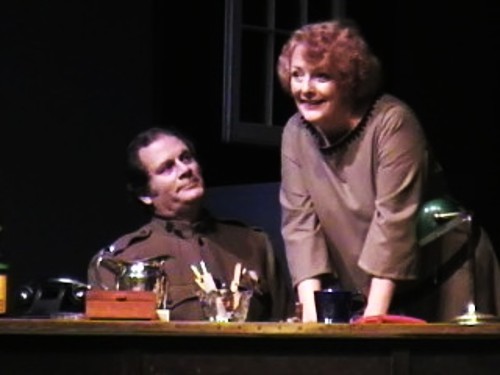
Due to her mental distress, during the 1930s and 1940s, Zelda spent most of her time in and out of mental hospitals. She was diagnosed with schizophrenia but actually suffered from manic depression. At the same time, her marriage had fallen apart, and as a matter of fact, it was Scott who committed her to a hospital in 1936. In this period, Scott was convinced that Zelda was exhausting his talents.
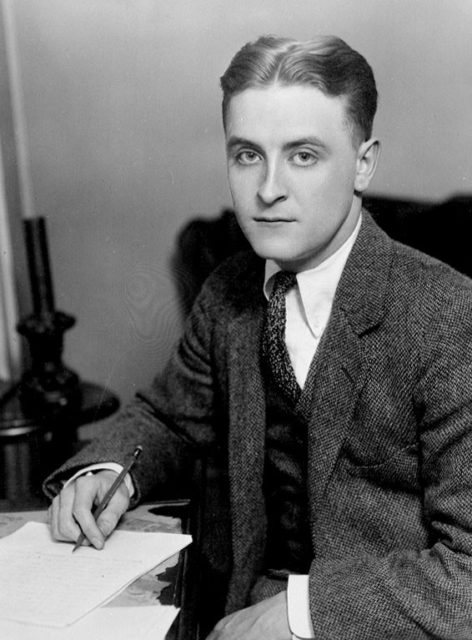
He truly believed that it was Zelda who ruined him. He blamed her for anything that was unsatisfactory in his life. And yet, the Fitzgeralds traveled to Cuba together in 1938. The trip was a disaster by any measure. Zelda and Scott never saw each other again. He died in 1940.
She spent her time in the hospitals painting and writing. She painted scenes from The Bible, Alice in Wonderland, and scenes from around New York City. While living intermittently in Highland Hospital in Asheville, North Carolina, Zelda was working on her second novel, Caesar Things. Unfortunately, she was in the hospital when a fire started on 10 March 1948. As she was scheduled for an electroshock therapy session, Zelda was sedated and locked in the waiting room. She was killed in the fire along with eight other women. She was 47.
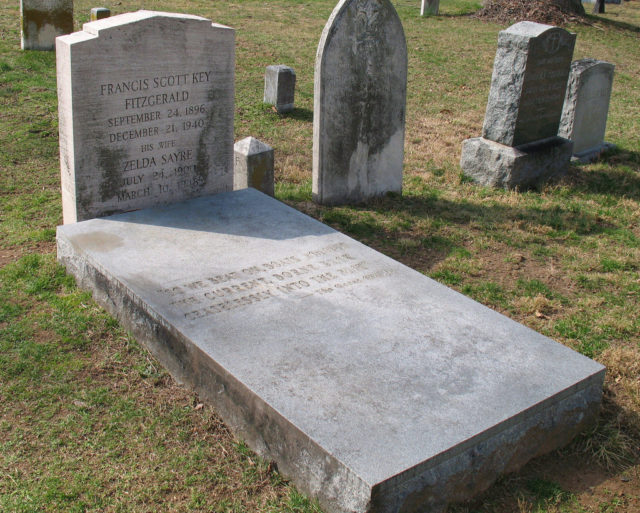
The Fitzgeralds were buried in Rockville, Maryland, away from Scott’s family plot. However, in 1975, their daughter Scottie successfully campaigned for Zelda and Scott to be buried with the other Fitzgeralds at Saint Mary’s Catholic Cemetery.
On their tombstone is inscribed the final sentence of The Great Gatsby, “So we beat on, boats against the current, borne back ceaselessly into the past.”
